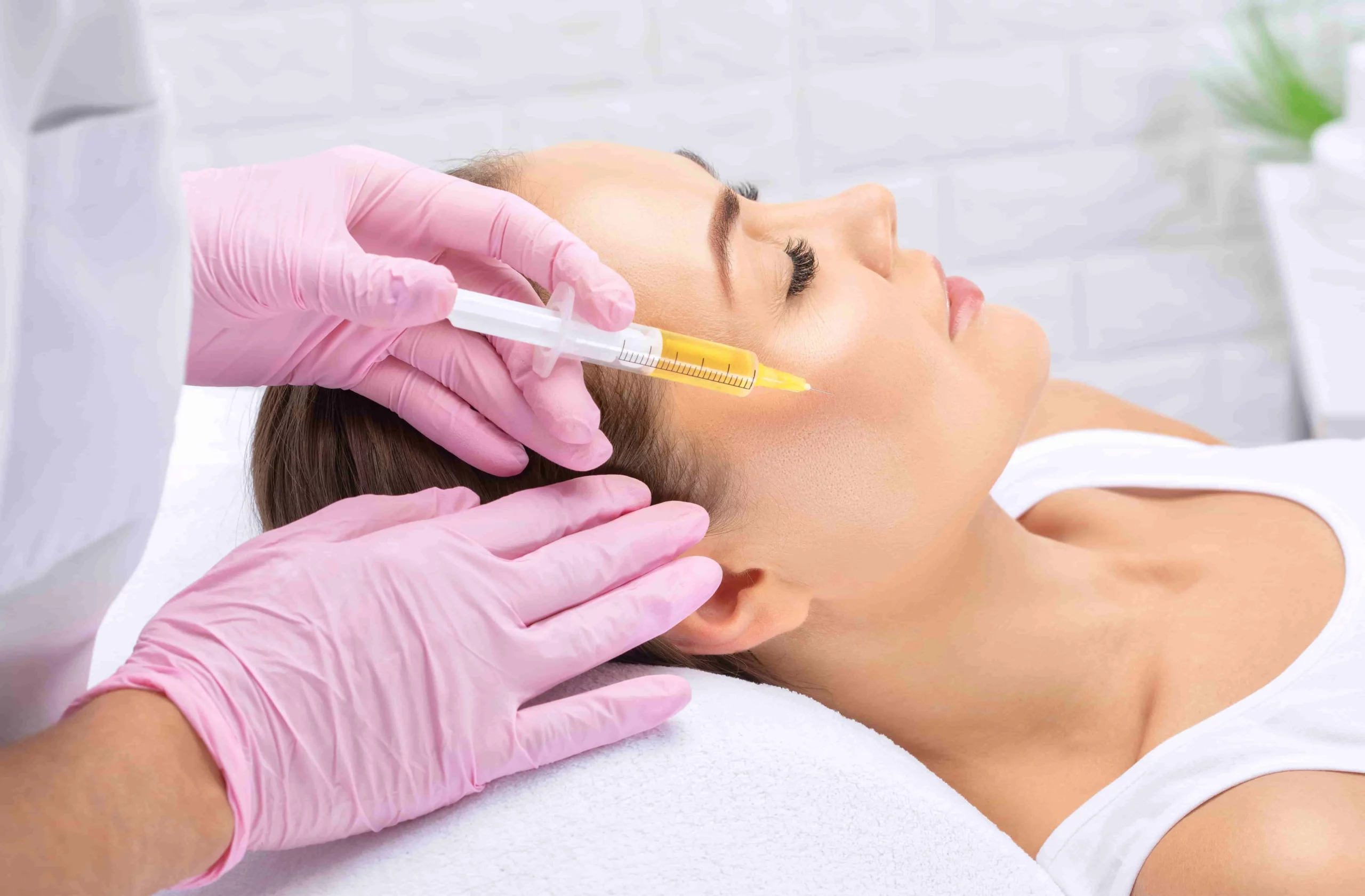Silicone and saline implants are the two main types of implants you can choose from for your breast augmentation surgery. Saline-filled implants are filled with physiologic solution (identical to intravenous fluid given in hospital), whereas silicone implants are filled with silicone gel. Each kind of implant has its own unique benefits.
If saline breast implants leak, the contents of the implant pose no risk. However, if silicone implants break or leak, a woman should probably seek immediate medical attention. The good news is that the FDA, in 2006, after carefully reviewing safety statistics and research, decided that silicone implants were a safe choice for women seeking breast augmentation surgery. Silicone implants have the benefit of feeling like real breast tissue. For women who want a more natural feel, silicone is still an excellent and safe choice.
However, if the woman wishes to have no visible scars on the breasts, Saline filled implants can be introduced through the navel by means of TUBA (Transumbilical Breast Augmentation).
The FDA has approved saline filled implants for women over 18 years of age, while a woman must be 22 years old in order to receive silicone implants.
So, what choice is best for you?
Your best bet is to schedule an initial consultation with a skilled and experienced plastic surgeon in New York. Dr. Leonard Grossman has been performing breast augmentation with silicone gel for years and was one of the few plastic surgeons in the United States deemed qualified to research and develop the new FDA approved implants that went back onto the market in 2006. Dr. Grossman is one of the nation’s most experienced plastic surgeons performing the surgery using silicone implants from Mentor and Allergan Corporations.
New silicone gel implants will not lose shape even if cut. This means that the implants are not likely to leak. Highly cohesive, form-stable implants (also known as Gummies) have clinically-proven positive outcomes in patients. One study from the Oregon Health Science University concludes the following: “Provided that there is adherence to core principles and avoidance of errors in planning, patient expectations, and surgery, highly cohesive, form-stable breast implants can deliver excellent long term outcomes in primary breast augmentation in a diverse patient population.”
Speaking to your plastic surgeon about your expectations and medical history is a first key step in determining whether silicone or saline implants are the best choice for you. Your age, desired breast shape and feel, and lifestyle will all be factors you and your doctor can discuss before you make a final decision about what implant you should choose.
Breast augmentation surgery usually takes about one hour and involves an incision under your breasts or around areola (the dark circle around your nipples), depending on the size and type of implant. Any kind of surgery has inherent risks, so it is important to find a plastic surgeon with the skill and experience to ensure that your outcome is positive. Research indicates that outcome of the surgery depends largely on the expertise of the surgeon. Dr. Leonard Grossman’s years of experience means that his complication rates are some of the lowest in the US.
Finally, when making your decision about what type of implant to get, it is also important to remember that whether you choose silicone or saline implants, you may need to replace the implants over your lifetime. It is recommended that women who choose silicone implants receive MRI scans every three years or so, to ensure that the implant is functioning properly by being intact.



